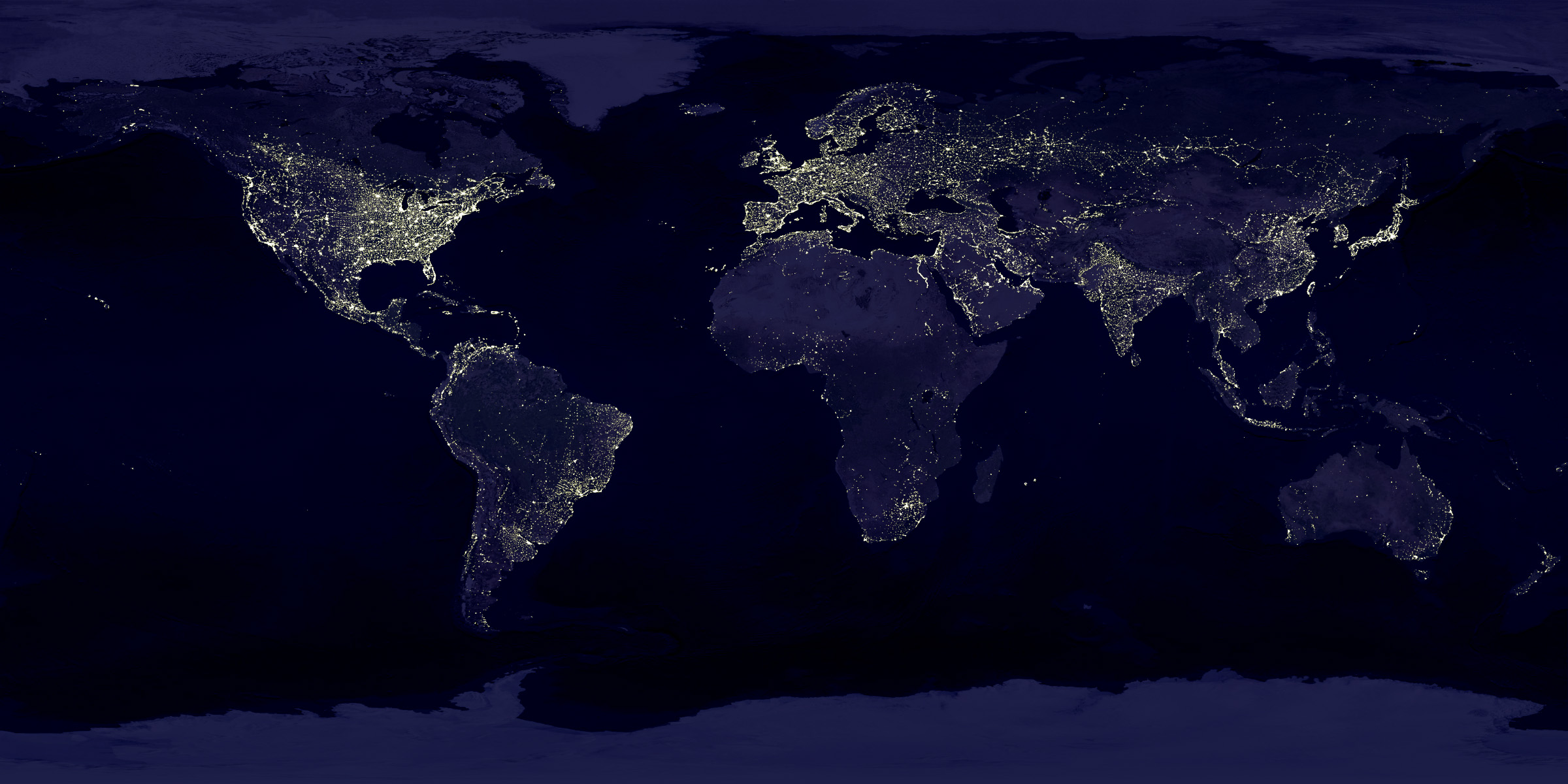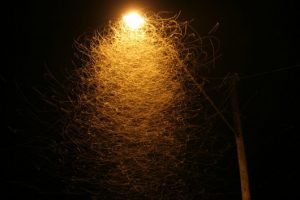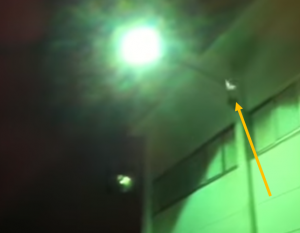Moving to Mars, floating cities and building upwards – all suggested solutions for our exploding human population, and with this population comes all of our infrastructure, including artificial lighting.
BUT while we remain on ground-level and on-land here on Earth, how will the species which exist in the dark respond to the one thing which keeps us moving at night, artificial lighting?

Species which are active at night, nocturnal species, have evolved to exist at a time when others, like humans, don’t (until recently). However, since the invention of electric lighting 100 years ago, human beings have slowly transformed the global night time environment. This has not only led to a reduction in visible stars in the night sky, but has also had profound ecological effects on our nocturnal communities (Longcore and Rich, 2004).
The reason light can have such a profound impact lies in its use as a cue for nocturnal activities. All organisms have specific “rhythms” as a result of an internal “body clock” synchronising with daily cycles. This circadian rhythm relies on an internal light-controlled timer (Bradshaw and Holzapfel, 2010). Over 60% invertebrate and 30% vertebrate animals exhibit nocturnal rhythms, using the rising and setting of the sun as their cue to emerge from their day-time roosts or shelters (Hölker et al., 2010). Our human artificial lighting can confuse organisms in determining when it is day or night and interfere with these rhythms (Longcore et al., 2015).

However, it is actually much more complicated a picture than nocturnal organisms becoming disoriented by artificial lighting. This is due to a “trophic cascade” which is the knock-on effect along the food chain of an event occurring with one organism at one link in the chain. By disrupting the rhythm of one organism, the consequences can carry across the whole community. This is well documented in one of the most charismatic nocturnal animals, bats. In the UK, all bats use echolocation to navigate in the dark (Speakman, 1995). Among UK bats are fast- and slow-fliers, adapted to different environments. As many of the bat insect prey are attracted to street lights, the fast-fliers can fly underneath the lights to feed on the insects (Matthews et al., 2015). However, slow-fliers tend not to be seen doing this as they are not fast enough to escape predators, to whom they are exposed when beneath the light.

This means that whilst it may be argued artificial lights have a positive effect on bats by concentrating their food, only fast-flying species can take advantage, passing through this new environmental filter imposed by artificial light. This may result in fast-fliers out-competing slow-fliers (Arlettaz et al., 2000). In this instance, only certain aerial insect species will survive the enhanced predation from fast-flying bats and move through this new “biotic” filter. As more and more artificial lighting continues to be installed, we may witness a change in the composition of certain nocturnal communities triggered by a shift in the functional traits within certain groups.
Word count: 496
References
Arlettaz, R. et al. (2000) Competition for food by expanding pipistrelle bat populations (Pipistrellus pipistrellus) might contribute to the decline of lesser horseshoe bats (Rhinolophus hipposideros). Biological Conservation. 93(1), pp. 55–60.
Bradshaw, W.E. and Holzapfel, C.M. (2010) What Season Is It Anyway? Circadian Tracking vs. Photoperiodic Anticipation in Insects. Journal of Biological Rhythms. 25(3), pp. 155–165.
Hölker, F. et al. (2010) Light pollution as a biodiversity threat. Trends in Ecology and Evolution. 25(12), pp. 681–682.
Longcore, T. and Rich, C. (2004) Ecological light pollution. Frontiers in Ecology and the Environment. 2(4), pp. 191– 198.
Longcore, T. et al. (2015) Tuning the white light spectrum of light emitting diode lamps to reduce attraction of nocturnal arthropods. Philosophical Transactions of the Royal Society B: Biological Sciences. 370(1667), 20140125
Mathews, F. et al. (2015) Barriers and benefits: implications of artificial night-lighting for the distribution of common bats in Britain and Ireland. Philosophical Transactions of the Royal Society B. Biological Sciences 370, 20140124.
Speakman, J.R. (1995) Chiropteran nocturnality. Symposium of the Zoological Society of London 67(67), pp. 187– 201.
Recent Comments